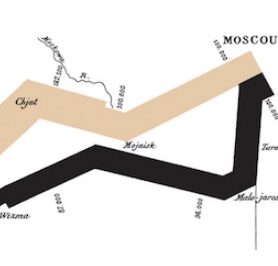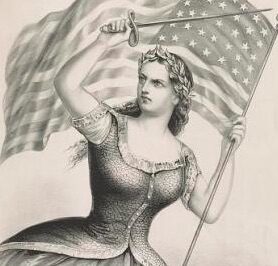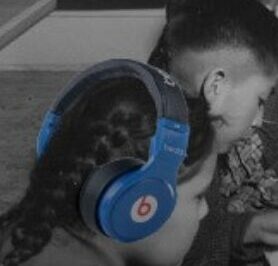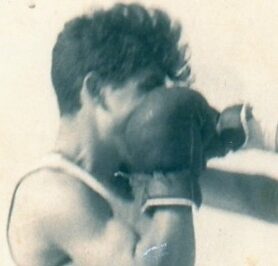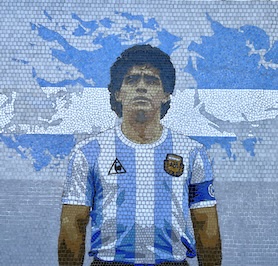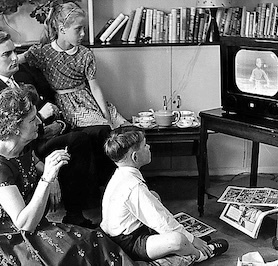History and Social Studies Education
HIS 5450 is a graduate course where students work towards a signature pedagogy in secondary history/social studies. Students work throughout the semester on creating a product of learning. This portfolio conveys both their identity as a history educator as well as their approaches to teaching (and reinforcing) historical thinking in the classroom. Participants employ various tools and strategies that include new media technologies, digital literacy, globalizing the curriculum, Understanding by Design, and student-centered learning (among others) in developing their curriculum materials.
Intro to 9-12 History/ Social Studies Education
HIS 3626 introduces students to the craft of teaching history/social studies to high school students. Students examine state and national standards, best practices in curriculum design, and strategies for summative and formative assessments. They analyze how educators foster a learning environment focused on historical thinking skills. ISHSSE is about moving beyond the lecture-PowerPoint-worksheet-video model … and towards an authentic, engaging, and dynamic learning environment in our digitally and globally connected age.
Teaching History with New Media
HIS 3630 analyzes how new media and digital tools have changed history education. The digital turn has raised new questions about how we research, write, learn, and teach about the past (“how do audiences engage with the past online?” and “how can educators promote historical inquiry through digital tools and new media?”) Today, historians reach wide audiences online via websites, digitized collections, e-publications, social media, and more. Students thus develop a series of projects (with lesson plans) that make use of digital tools for teaching about the past.
Sports & the Making of the Americas
HIS 3310 explores the role of sports in the construction of identities across the Americas. Why sports? Sport reveals to us the collective ways in which people imagine themselves, articulate their values, and make sense of their daily lives. Students study how sports have shaped gender, class, and national identities from Canada to the Southern Cone. They analyze the connections between politics and sportsmen, and how athletics shaped other forms of pop culture, at a hemispheric, national, and regional level (i.e. US South).
HIS 4100 Senior Seminar (Sports Theme)
In FIFA World Cup: Global History & Soccer, students examine the historical impact of the FIFA World Cup. The “beautiful game” is indeed the world’s most popular sport. The men’s FIFA World Cup is the largest televised/streamed sporting event — viewed by over 2 billion people every four years. In 2022, the tournament was held for the first time in the Middle East. The region’s passion for كرة القدم (kurat alqadam) is just as strong as other parts of the world. Students analyze soccer as a field of research, including the rise of the FIFA Women’s World Cup.
HIS 4100 Senior Seminar (Class Theme)
In A History of the Middle Class, students examine the notion of a middle class, which is a fairly recent phenomenon in world history. Those who ascribe to this class (or at least a middle-class consciousness) often see themselves as a stabilizing force in society, acting as “go-betweens,” or intermediaries, between the elite/powerful and the poor/powerless by virtue of their education and social ascendancy. What can we learn about a history that is not “from below,” nor “top-down,” but squarely in an imagined middle?
previous courses

HIS 5595 – Digital History – is a graduate course focused on the ways historians use new media to inform their research, writing, teaching, and overall production.
HIS 3626 – Issues in Teaching U.S. History – was a course where students developed U.S. History curriculum materials, a portfolio website, and a philosophy of teaching. [*Course discontinued]
HIS 3628 – Issues in Teaching World History – followed the model of HIS 3626, but here students considered the differences in teaching world history at different levels, with a heavy emphasis on a more digital and global approach to teaching world history. [*Course discontinued]

HIS 355-02 – The History of Sports in Latin America – explored the role of sports in the construction of identities in Latin America. Students analyzed the intersection of sports, politics, and culture.
HIST 355-02 – An Introduction to Digital History – analyzed the changes that new media and technology tools have brought to the field of history. Students explored the key theoretical and historical issues linked to the digital shift and what it meant to “do” history online.
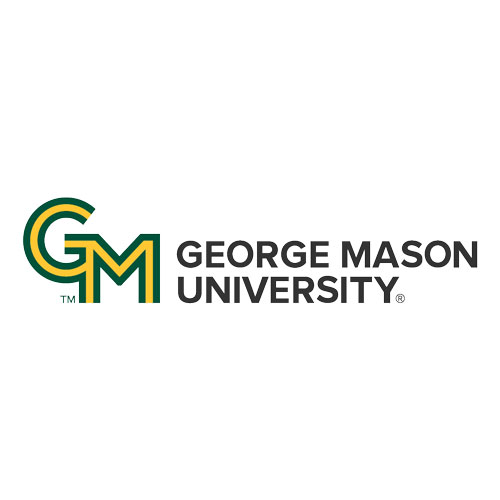
EDUC 500 – Latin American History for Teachers – provided teachers in Loudon County (VA), with practical application for teaching Latin American History courses for students in grades 6-12, with an emphasis on using primary and secondary sources, as well as the use of digital resources.
This course was the product of collaboration between the departments of History and Art History and Higher Education.
